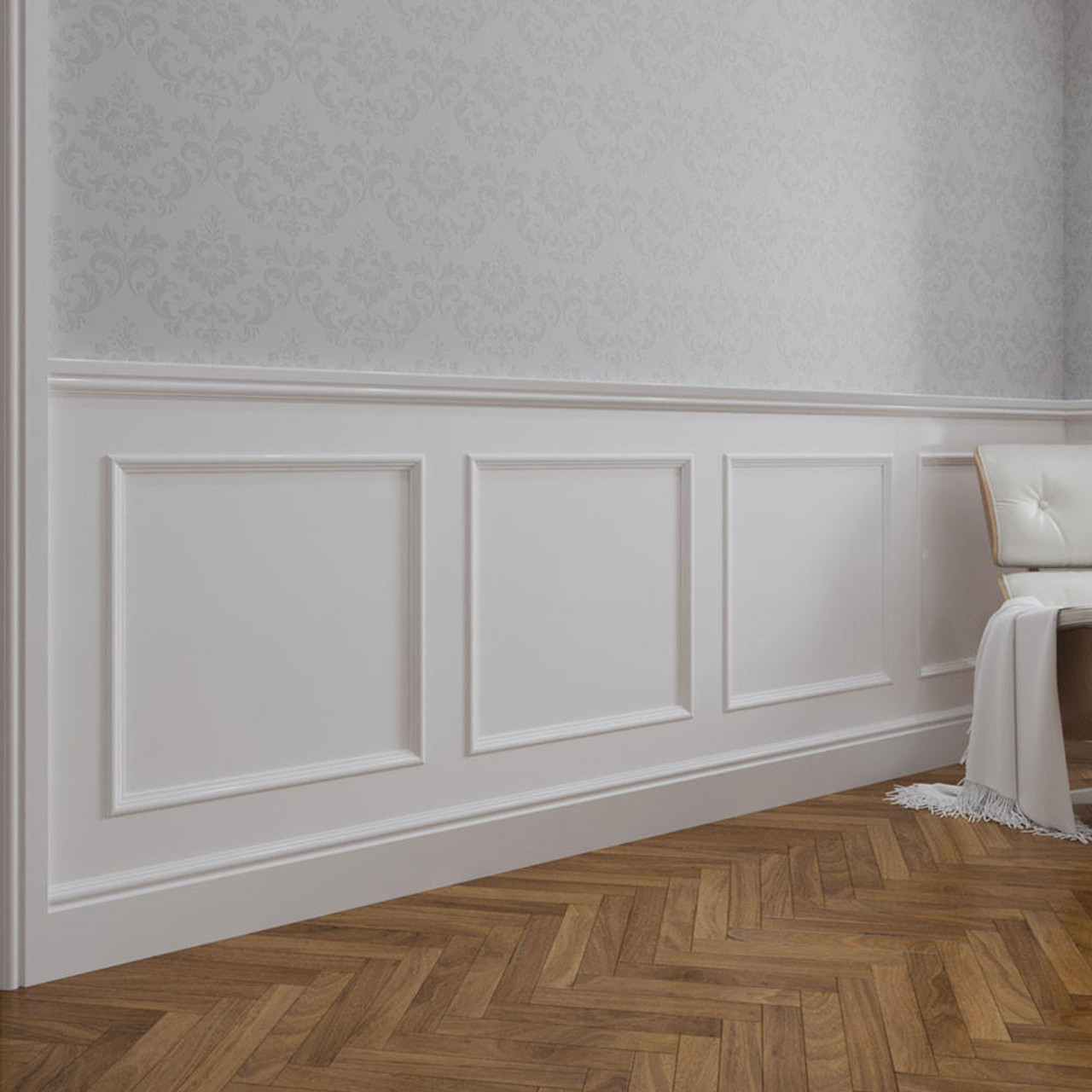How to Select the Correct Wooden Wall Paneling for Any Room
How to Select the Correct Wooden Wall Paneling for Any Room
Blog Article
DIY Methods for Ideal Wooden Wall Paneling Design
Wooden wall paneling has seen an extraordinary revival in interior style styles, offering a little elegance, warmth, and versatility to any room. Making the right choice for the space may change a boring wall into a wonderful focal point. From model criteria to useful recommendations, that manual may walk you through how to choose the perfect mdf wall panelling kits for stairs for your home or office.
1. Think about the Room's Function and Visual
Operation
Each room in your house serves a distinctive purpose, and your choice of wooden paneling should match it. For a living room, you might choose for dramatic, distinctive wood to create an welcoming ambiance. Bedrooms may possibly benefit from smooth, minimalist cells for a inviting and tranquil vibe. For spots like kitchens or bathrooms, ensure you select paneling that's moisture-resistant or closed to tolerate humidity.
Type and Theme
The beauty of the paneling must align along with your room's over all theme. For modern rooms, clear lines and light-colored woods such as birch or maple develop a glossy look. Rustic or farmhouse places are produced your with distressed wood or reclaimed wood featuring hotter, natural tones. A Scandinavian-inspired style frequently advantages from light woods and easy wheat patterns.
2. Select the Kind of Timber and End
Strong Wood vs. Manufactured Wood
Wood paneling has an real search, durability, and timeless attraction, but it can be expensive. Engineered wood systems, on the other hand, are less expensive and come in different textures and finishes. They are able to simulate the looks of solid wood while providing improved water weight and less susceptibility to warping.
Completes and Treatments
Section finishes, such as stained, painted, or varnished wood, play a significant role in deciding their ultimate appearance. Staining highlights the normal wheat of the timber, while painted sections permit a broader range of shade options. For extra security, guarantee the cells are made with treatments ideal for your environment.
3. Think About Section Size and Orientation
Wall paneling is available in many different dimensions, from narrow strips to large sheets. Straight sections may make an area seem older, which is fantastic for spots with lower ceilings. Outside paneling, on one other give, creates a greater experience, making smaller areas search bigger and more open.
4. Know Your Budget
Collection a budget that features not only the price of the timber paneling but in addition installation and maintenance expenses. While premium wood options, like oak or maple, might elevate your space, there are numerous cost-effective alternatives like plywood or medium-density fiberboard (MDF) that still offer aesthetic charm at a portion of the cost.
5. Consider Lighting in the Room

The type of timber and its end will react differently to light. Light woods brighten up candle lit rooms, reflecting sunshine or synthetic light. However, richer woods include range and richness to obviously brilliant areas but might make small or poorly lit spots feel more enclosed if heavily used.
6. Factor in Longevity and Maintenance
Each type of wooden screen needs various levels of upkeep. Hardwoods like cherry or mahogany are resilient and long-lasting but might involve more polishing to keep their go over the years. Engineered timber or sections with defensive films tend to be easier to clean and look after, specially in high-traffic areas.
Elevate Your Rooms with the Correct Wooden Paneling
Deciding on the best wooden wall paneling may entirely convert the look and experience of your space. Keep your room's operation, type, and practicality in mind as you examine options. With clever collection, wooden paneling blends function and type, providing your rooms a classic appeal that aligns with contemporary style trends. Report this page